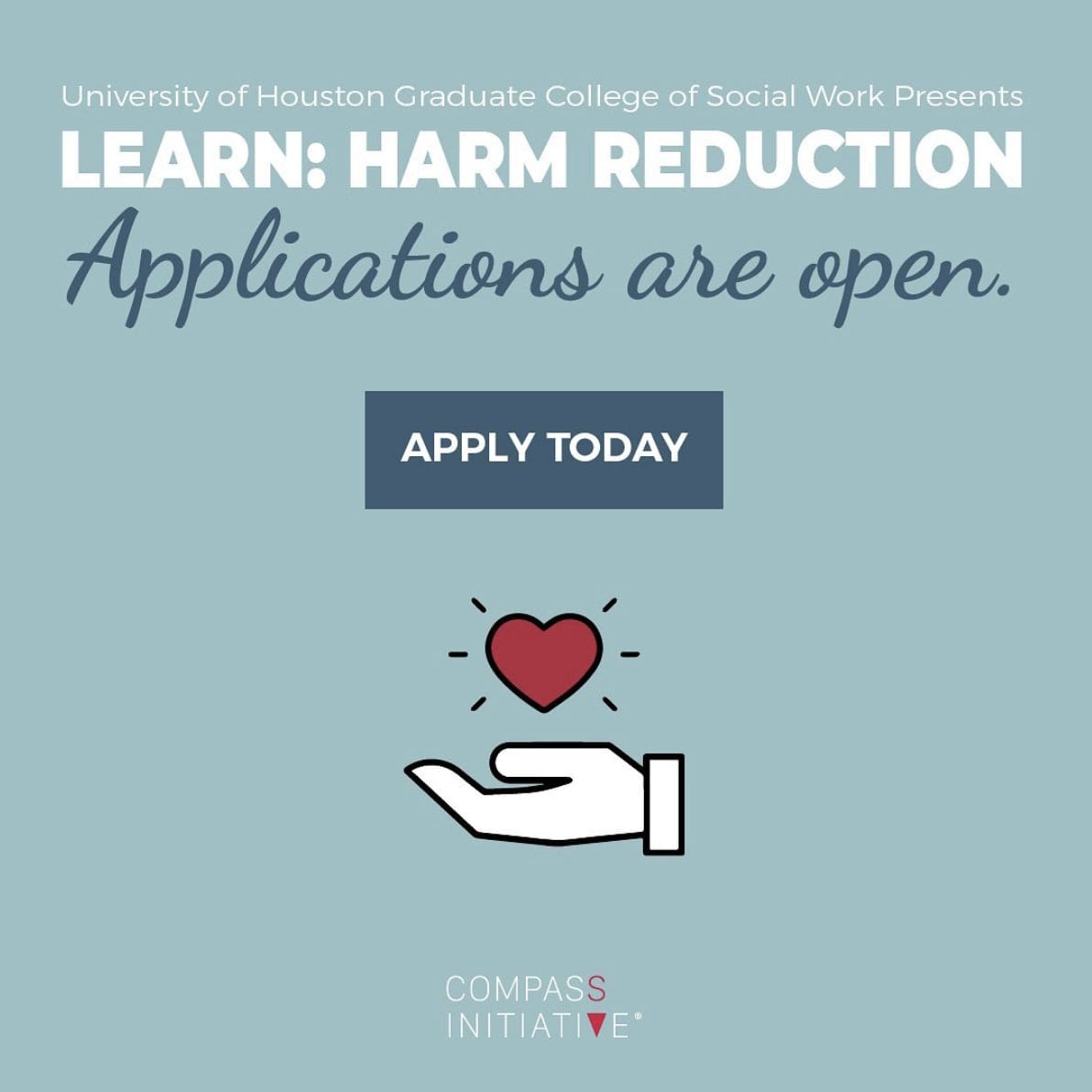Q&A with COMPASS Coordinating Center Directors
Our first contributors need no introduction. Well-known in their respective fields, Patrick Sullivan, PhD, DVM, Nic Carlisle, JD, and Samira


Column By: Kheyanna Suarez
Hailing from the beautiful island of St. Croix, U.S. Virgin Islands, Kheyanna has spent a majority of her upbringing in sunny South Florida. She graduated from Florida Atlantic University with a degree in Exercise Science and Health Promotion. She has also worked as a Community Health Educator for Planned Parenthood in Broward County and a Youth Organizer for the Treasure Coast, Palm Beach, and Palm Beach Youth Council. She is currently pursuing her Master’s in Public Health at Emory University.
Editor Note: National Day of Action to End Violence Against Women Living with HIV is October 23.
Intimate partner violence (IPV), is defined as physical and/or sexual assault or threats between married, romantically involved partners, or former partners. As a survivor of IPV, I know first-hand that dealing with the after-effects of a toxic relationship can feel like you are peeling back endless layers of an onion, tears included.
There comes a very somber moment where you realize that surviving intimate partner violence isn’t the end of a journey but the beginning of a new one. You go through a process of re-learning yourself and understanding all of the ways that you have changed throughout your trauma. The hardest part can be trying to figure out the things that make you smile again, and how long you can mentally or emotionally afford to put your guard down to care for yourself without feeling like you’re not doing enough to get past things.
A large part of my healing process has been taking the time to empower myself through education, especially when it comes to issues that affect women who have been survivors of intimate partner violence. Educating myself gives me the upper-hand to get in front of any issues that may arise as I continue down the journey of healing from my trauma.

One of those issues has been the intersection of HIV/AIDS and violence against women, which are both major public health issues.
There are different types of violent acts to be considered when breaching the topic of violence against women. The type of acts that contribute to increased rates of HIV/AIDS in women include:
Women who have experienced these types of violence in relationships have four times the risk of contracting sexually transmitted infections (STIs), including HIV, versus women who have not experienced relationship violence. In women living with HIV, the rates of intimate partner violence are double the national rate. Although men are also victims of violence, women are disproportionately victimized by intimate partners and, therefore, most affected by this intersection.

Rates of violence victimization among women living with HIV are comparable to those for women not living with HIV drawn from similar populations and with similar levels of HIV risk behaviors. However, women living with HIV may experience abuse that is more frequent and more severe.
As a result of experiencing IPV, many women may suffer from a low functioning immune system due to high amounts of stress, depression, and anxiety. This has also been connected to altered red blood cells and decreased T-cell (your immune cells) function in a person living with HIV, and can cause faster progression of HIV to AIDS.
So now that we know this, what exactly is supposed to be the solution? Where do we begin to tackle the 5-headed dragon? Do we focus solely on HIV prevention? Do we focus on getting the proper treatment and programs for survivors of intimate partner violence? Or do we focus on preventing intimate partner violence before it happens? How do you prioritize solving an issue that has a relationship with one problem and is in bed with another? I think it depends on who you ask.
If you ask me, a great start for solving this multifaceted issue is to address the violence. This idea is also supported by the CDC where they believe that the focus should be on preventing intimate partner violence before it happens in order to prevent new HIV infections.
Strategies to decrease intimate partner violence include:
To read more about how we can decrease intimate partner violence as a community, read this article by the CDC.
If you, a loved one, friend, or family member is experiencing intimate partner violence and you would like to learn more about how to handle the situation, feel free to utilize the following sites and resources:
Sources
1. https://www.cdc.gov/violenceprevention/pdf/ipv/13_243567_Green_AAG-a.pdf
2. https://www.womenshealth.gov/hiv-and-aids/women-and-hiv/violence-against-women-and-hiv-risk
3. https://www.who.int/reproductivehealth/topics/violence/hiv/en/
4. https://www.womenshealth.gov/hiv-and-aids/women-and-hiv/violence-against-women-and-hiv-risk
5. https://www.cdc.gov/violenceprevention/pdf/ipv/13_243567_Green_AAG-a.pdf
6. https://www.ncbi.nlm.nih.gov/pmc/articles/PMC3274697/
7. https://www.cdc.gov/violenceprevention/pdf/ipv-technicalpackages.pdf
Our first contributors need no introduction. Well-known in their respective fields, Patrick Sullivan, PhD, DVM, Nic Carlisle, JD, and Samira
Column By: Tiffany Smith Tiffany lives in Atlanta, GA and works with the Emory COMPASS Coordinating Center. She previously worked
Column By: Tiffany Smith Tiffany lives in Atlanta, GA and works with the Emory COMPASS Coordinating Center. She previously worked
Emory University COMPASS Coordinating Center is excited to announce a monthly webinar series geared towards building the organizational capacity of
©2025 Emory University, Inc. All rights reserved.
When you click this link, you will be directed to an external webpage hosted by LearnUpon LMS.
Kindly note that registration is required, and it’s entirely free of charge.
To access the learning modules, you will need to create a new login, as this platform operates independently and is not affiliated or connected with OpenWater or any other platforms used by the Gilead COMPASS Initiative®.